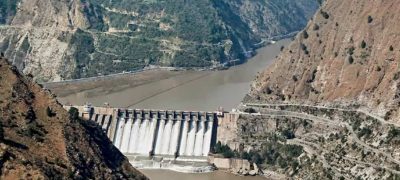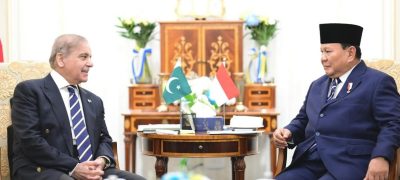Last month, Pakistan implemented stringent import controls to counterbalance the shortfall in foreign loans, leading to a trade deficit of only $9.4 billion in the initial five months of the fiscal year. Administrative measures resulted in savings of approximately $4.8 billion. The latest trade bulletin from the Pakistan Bureau of Statistics (PBS) for November indicates that the annual imports of the country may now remain even lower than the downward revised estimates by the International Monetary Fund (IMF).
During the July-November period of the current fiscal year, the gap between imports and exports narrowed to $9.4 billion, representing a 34% reduction compared to the corresponding period in the last fiscal year, according to the national data collecting agency. The continued strict control over imports has alleviated pressure on foreign exchange reserves, which declined to $7.2 billion as of last month, despite the IMF program, leaving the government with no choice but to actively manage international trade.
In contrast to the previous program, the IMF has not exerted significant pressure on Pakistan to secure additional foreign loans, nor has it caused issues for Islamabad regarding import restrictions. Despite the IMF’s reduced projections for the current account deficit and imports in recent review talks, the latest statistics suggest that imports may remain even lower than the revised estimates by the global lender.
Also Read: Rupee expected to strengthen against the dollar due to IMF tranche and trade surplus.
Over the first five months, Pakistan imported goods worth $21.6 billion, a decrease of over 17% or $4.5 billion compared to the same period last year, equivalent to only 37% of the new IMF projection of $58.4 billion. The IMF had initially rejected the finance ministry’s import projection of $54.5 billion for this fiscal year, revising it to $58.4 billion, which is $6.3 billion less than the July estimate.
The reduction in imports is effectively easing pressure on reserves, which still stand at a critical level of only 1.4 months of import cover. However, this curb on imports does have implications for the country’s economic growth and inflation, with the IMF lowering the economic growth forecast to 2% for this fiscal year after a negative growth of 0.2% in the previous year.
The PBS reported a marginal increase in exports during the July-November period, totaling $12.2 billion, with a $230 million increase over five months, equivalent to 40% of the IMF’s downward revised projection of $30.6 billion. On a month-on-month basis, the trade deficit shrank by 13.2%, despite a contraction in exports by 4.4% to under $2.6 billion last month, and a reduction in imports by 8.3% to $4.5 billion. The month-on-month trade deficit further reduced to $1.9 billion.
The exchange rate of the rupee continues to fluctuate post the IMF talks, peaking at Rs288 to a dollar and subsequently slightly appreciating on a daily basis, now dropping below Rs285. Pakistan’s gross external financing needs, initially estimated at over $28 billion, have been revised to $25 billion by the IMF due to fewer imports, restructuring of Chinese loans, and significant dollar purchases by the central bank.
On a year-on-year basis, November witnessed a 7.7% increase in exports to $2.6 billion, while imports decreased by 13.5% to $4.5 billion, resulting in a 32% reduction in the trade deficit to $1.9 billion, a decrease of $877 million compared to the same month last year. The IMF, which did not agree with Pakistan’s projection of a $4 billion to $4.5 billion current account deficit, now projects a deficit of $5.7 billion, a reduction of about $770 million compared to its old estimates.









